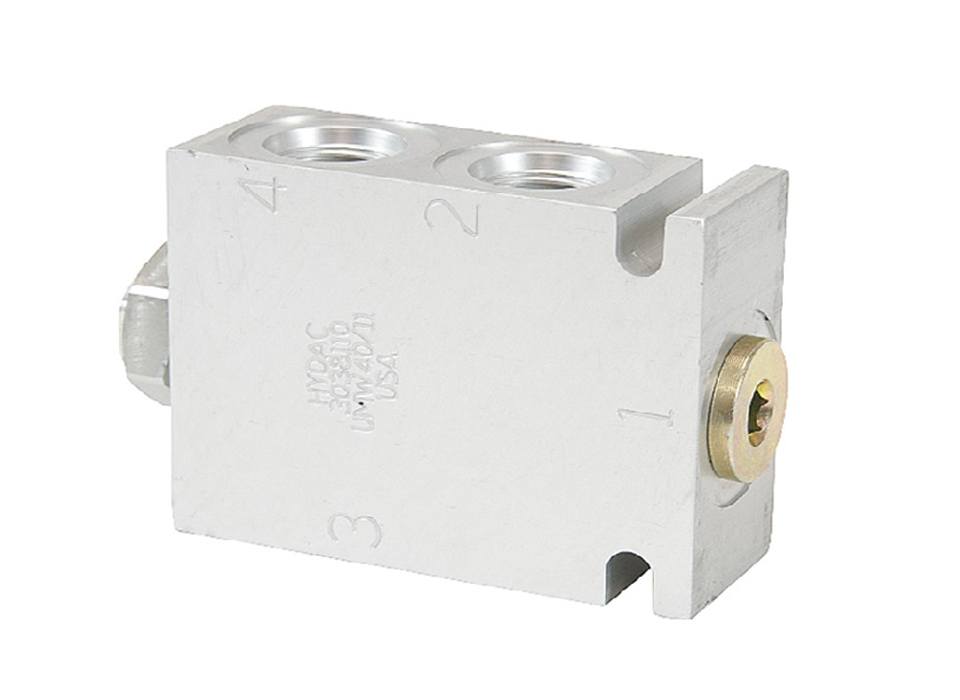Flow dividers for lubrication systems of grinding mills
Industry: mining / mineral processing
Application: grinding mills
Sub-assembly: main lubrication system
A few months ago, one of our customers gave us the mandate to provide technical supervision for the replacement of a main bearing insert on one of their ball mills. It turned out that the babbitted bearing insert and journal had been damaged by metal debris. These debris had migrated from a failed gear flow divider supplying oil to the two lift pockets. To prevent this situation from recurring, we recommended that the gear flow dividers be replaced with spool-type flow dividers. Why did we make this suggestion and what are the pros and cons of both designs?

Spool-type dividers
Pros
- Few moving parts: The spool type divider has few moving parts. It is unlikely to fail and send debris further upstream that can cause damage to other components
- Cost-effective: Typically, cheaper than gear flow dividers due to its simple design.
- Compact: Physically smaller than gear flow dividers.
- High accuracy: Accuracy increases with flow and can reach +/- 2%, which is comparable to gear flow dividers
- Several ratios available: 50/50, 60/40 and 70/30 are common. Other custom ratios are possible.
- Pressure and load compensation: Designed to maintain equal flow division regardless of the pressure and load changes at the outlets.
Cons
- Pressure drop: The device operates by variable restriction; therefore, a pressure drop occurs.
- Lower efficiency than gear flow dividers: any restrictive device will cause a loss of efficiency and will generate heat.
- Only two outlets possible per divider block.
- Slightly less tolerant to contamination than gear flow dividers.

Gear-type (rotary) dividers
Pros
- High efficiency (98-99%): since the device does not rely on restriction to control flow. Minimal energy loss and heat generation.
- High accuracy: typically around +/-2%.
- Modular design: two or more outlets and a wide range of division ratios available.
- Output pressure independent: The same volume of oil will be moved per rotation regardless of output pressure variations (positive displacement design).
- Better tolerance to contamination in oil than spool-type.
- Integrated pressure relief valves in each port.
Cons
- Several moving parts: in case of a failure, debris can travel upstream and cause damage to other components, such as the mill main bearings and trunnion journal.
- Higher cost than spool type flow dividers.
- Larger in size than spool-type flow dividers.
The bottom line
Both types of flow dividers are suitable for grinding mill lube system applications. High quality gear flow dividers are considered very reliable, but when a failure occurs, debris from the flow divider such as needle bearings and metal fragments can travel upstream, damaging very critical components, such as main bearing inserts, trunnion journals or pinion roller bearings. This can lead to extensive downtime.
It is for these reasons that we typically lean towards spool type flow dividers, not only for their simplicity and few moving parts, but also to prevent costly downtime when a failure occurs. However, the expected pressure drop across the device must be carefully considered in each application prior to installation or retrofitting.
#grindingmills #flowdividers #oilflowcontrol #mineralprocessing #grindingmillupgrades #grindingmilllubrication #casestudy #bearinglubrication

